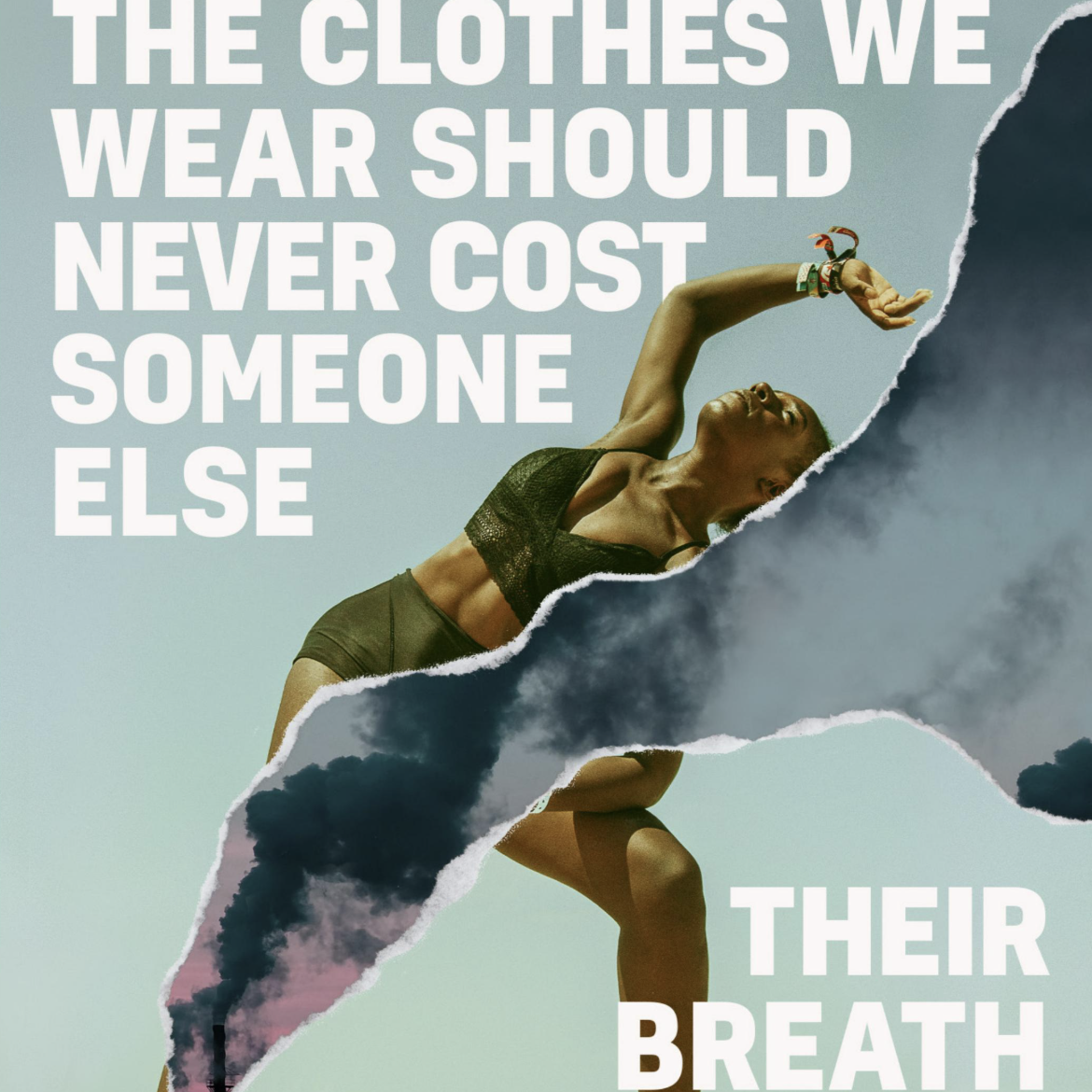What Fuels Fashion? Inside the Fashion Revolution 2025 Report Exposing Fashion’s Hidden Emissions

Fast Fashion’s impact on the environment, on its workers and even on its wearers is widespread and deeply problematic. At Vino Supraja, we work hard not only to educate others about these issues, but to ensure that as a brand, we are an example of best practices when it comes to sustainable and ethical clothing. Production is a huge part of this, so we were very interested in the latest report from Fashion Revolution and Action Speaks Louder, titled ‘What Fuels Fashion? 2025’. The report suggests that fashion’s biggest climate problem lies in how our clothes are made; literally, in the heat of production.
How Fossil-Fuelled Heat Is Driving Fashion’s Emissions: Key Insights from Fashion Revolution 2025

Image courtesy: fashionrevolution.org
The Purpose: Shining a Light on Fashion’s Hidden Emissions
The report calls out a dangerous disconnect between fashion’s climate promises and its actual progress. Despite impressive sounding sustainability pledges, the world’s biggest brands are failing to cut emissions fast enough to meet global climate goals. The main culprit? Overproduction and the heavy reliance on fossil-fuelled heat in the factories where fabrics are dyed, washed, and finished.
This stage of production, often referred to as ‘Tier 2’, is where the real energy intensity happens. Gigantic boilers run on coal or gas to heat water for dyeing and steaming fabrics. The outcome is not just carbon emissions, but toxic air, overheated workplaces, and health risks for garment workers, most of whom live in regions already bearing the brunt of the climate crisis.
The purpose of the report is clear: to push the fashion industry to transition to ‘clean heat’. That is, renewable, fossil-free energy solutions that can decarbonise production and protect workers at the same time.
Key Findings: Where Fashion Is Falling Short
The findings are eye-opening, and in many ways, infuriating. Here are some of the most urgent insights:
1. Fossil-fuelled heat is the main source of emission
Only 6% of brands disclose any effort to electrify their factories’ heat systems, despite proven technologies like electric boilers and heat pumps already existing. These solutions can replace fossil fuels for processes requiring heat of up to 150°C, meaning most of fashion’s needs could already be met with clean energy today.
2. A lack of accountability
Just 10% of brands have renewable electricity goals for their supply chains, and only a fraction include heat in those plans. Many rely on paper-based energy credits (RECs) that make emissions look smaller on spreadsheets, but do nothing to reduce fossil fuel use in reality.
3. A reliance on coal
Less than a fifth of big brands have any plan to phase out coal in processing facilities, and most ignore the purchased steam they rely on from nearby coal plants. This loophole means that even ‘coal-free’ factories might still be powered indirectly by fossil fuels.
4. A lack of financing for cleaner energy
Switching to clean heat requires upfront investment, but almost no brands disclose how they’re supporting suppliers financially. Without funding, small factories cannot afford million-dollar equipment upgrades, leaving climate goals stranded on paper.
5. Worker health is being ignored
Not a single major brand discloses data on factory heat and humidity levels, even as climate change drives deadly heatwaves in garment-producing countries. This lack of transparency hides the reality that workers are enduring unsafe, extreme temperatures just to meet production targets.
6. Governance remains profit-first.
While CEO pay continues to soar, only 15% of companies link bonuses to real carbon reduction. Very few embed climate responsibility into financial decision-making, revealing that the fashion system is still wired for short-term profits, not the long-term survival of our planet.

The Good News- Solutions Do Exist
Despite the grim numbers, the report also offers a path forward, and it’s one filled with hope and opportunity. The technology for clean heat already exists, and it can cut emissions while protecting workers. By electrifying factory heat with renewable energy, fashion can clear toxic air, reduce heat stress, and create safer, more dignified workplaces. This is what the report calls ‘Clean Heat for Cool Work.’
But technology alone won’t fix a system built on inequality. Brands must share the cost of decarbonisation, pay living wages, and engage in real dialogue with suppliers and unions.
Accountability, Not Just Ambition
Transparency is the thread that holds everything together. Without knowing where clothes are made, brands can’t measure emissions or make collective investments in clean heat. Yet transparency in supplier lists has stalled after years of progress, just as political rollbacks threaten to weaken accountability further. If the fashion industry hides its heat, interventions are impossible to implement.
As conscious consumers, we have a role to play too. We can demand visibility, fair treatment for workers, and genuine climate action from the brands we support. As this report makes clear, real sustainability isn’t a trend, it’s transformation.
At Vino Supraja, we believe fashion can be beautiful without harm. Every piece we create is a step toward that vision, one where creativity thrives alongside care, and where ethical, sustainable craftsmanship doesn’t come at the planet’s expense.
You can read the full report from Fashion Revolution here. We’d love to know your thoughts. You can get in touch with us any time on social media or by email
Follow us on Facebook and Instagram to stay up to date with the latest in eco-friendly, organic and ethical fashion from Vino Supraja.


